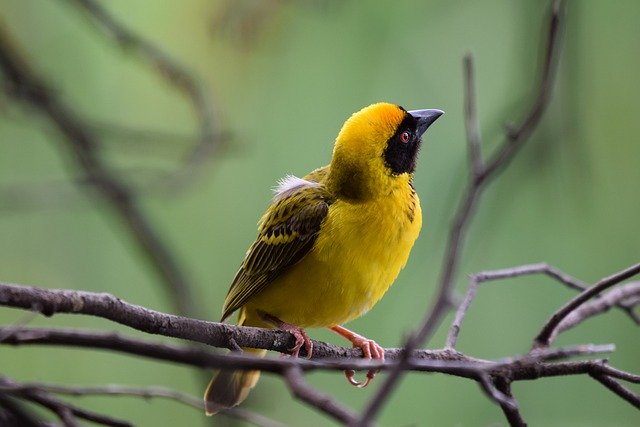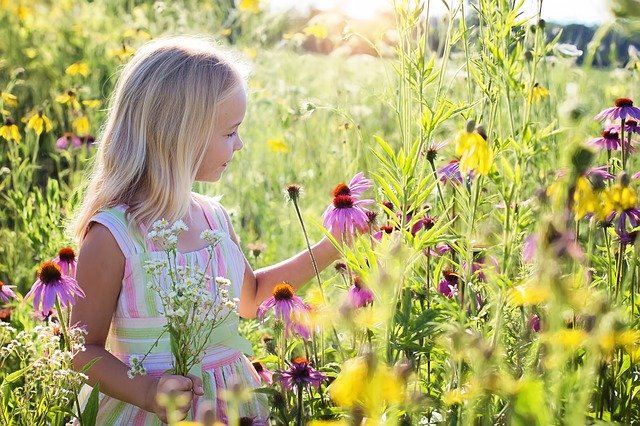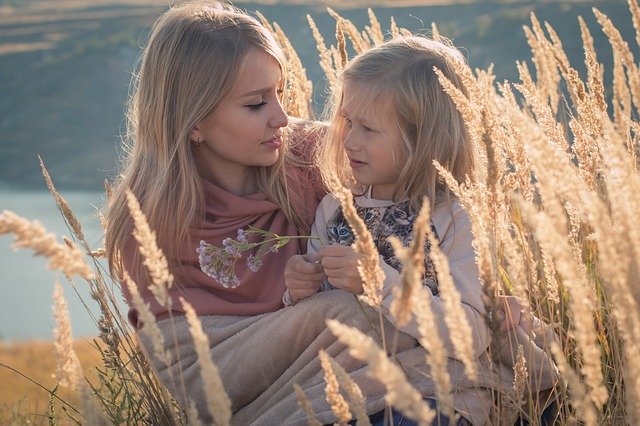The US celebrated Thanksgiving on Thursday 26 November this year. It was also formally celebrated in other places around the world while in Australia informal celebrations occurred as American organisations shared their Thanksgiving Day exhortations and practices. This was followed by intensive sales campaigns under the banners of Black Friday and Cyber Monday. It is easy to lose sight of the message of Thanksgiving in the flurry and frenzy of the constant encouragement to buy and acquire. Acquisition is suddenly valued more than appreciation.
The value of gratitude
Gratitude is important for our relationships and our mental health. Expressing appreciation to another person in a relationship is a way of valuing them and what they say and do. It builds trust and affection and overcomes the tendency to “take someone for granted” which is, certainly, an intimacy dampener.
Neuroscience has demonstrated the benefits that gratitude has for our mental health and overall well-being. It can alleviate depression, replace toxic emotions such as anger, envy, and resentment and develop a positive attitude to life which is, in itself, conducive to mental health. Karen Newell, for example, explains from her research how gratitude builds positive energy. She encourages us to be grateful not only for things that are present in our life today but also for the experiences and people from our past, especially our parents and mentors.
Sustaining gratitude practices
There are numerous ways to express gratitude and appreciation. The challenge, like all good habits, is to build gratitude practices into our daily life, however brief or informal. Some people adopt a gratitude journal as a way to express appreciation and progressively build a deep and abiding sense of gratitude. Others link expressions of appreciation to other activities undertaken during the day. For example, when boiling the jug, you could express appreciation for access to fresh water (something that many people in the world do not have) or the food that you are about to eat. While waiting during the day, you could choose to reflect on what you are grateful for rather than dive for your phone.
Gratitude meditation is a sound way to progressively build awareness and appreciation for everything that enriches our life on a day to day basis. We can learn to savour our relationships, achievements, the development of our children, the skills and capacities that we have developed over time and life itself. Developing a gratitude mindset can help us to experience joy in our life, not only for what we have received, but also for the achievement of others through empathetic joy. Being grateful is a great motivator for taking compassionate action, which not only benefits others but also ourselves.
Reflection
The benefits of gratitude and appreciation are numerous and can positively impact many aspects of our life if only we can slow down for gratitude. We have to learn to create space in our busy lives for stillness and silence so that we can grow in awareness of what we have to appreciate and continue to express our gratitude whether internally or through external communication. Gratitude can improve the quality of our life and, at the same time, positively impact those around us. As we grow in mindfulness through our gratitude practices, reflection and meditation, we can experience greater joy in our lives, enrich our relationships and make a real difference in our world – a world torn by envy, hatred, resentment, bias and discrimination and the great divide between the “have’s” and “have-not’s”.
_________________________________
By Ron Passfield – Copyright (Creative Commons license, Attribution–Non Commercial–No Derivatives)
Disclosure: If you purchase a product through this site, I may earn a commission which will help to pay for the site, the associated Meetup group and the resources to support the blog.
.









